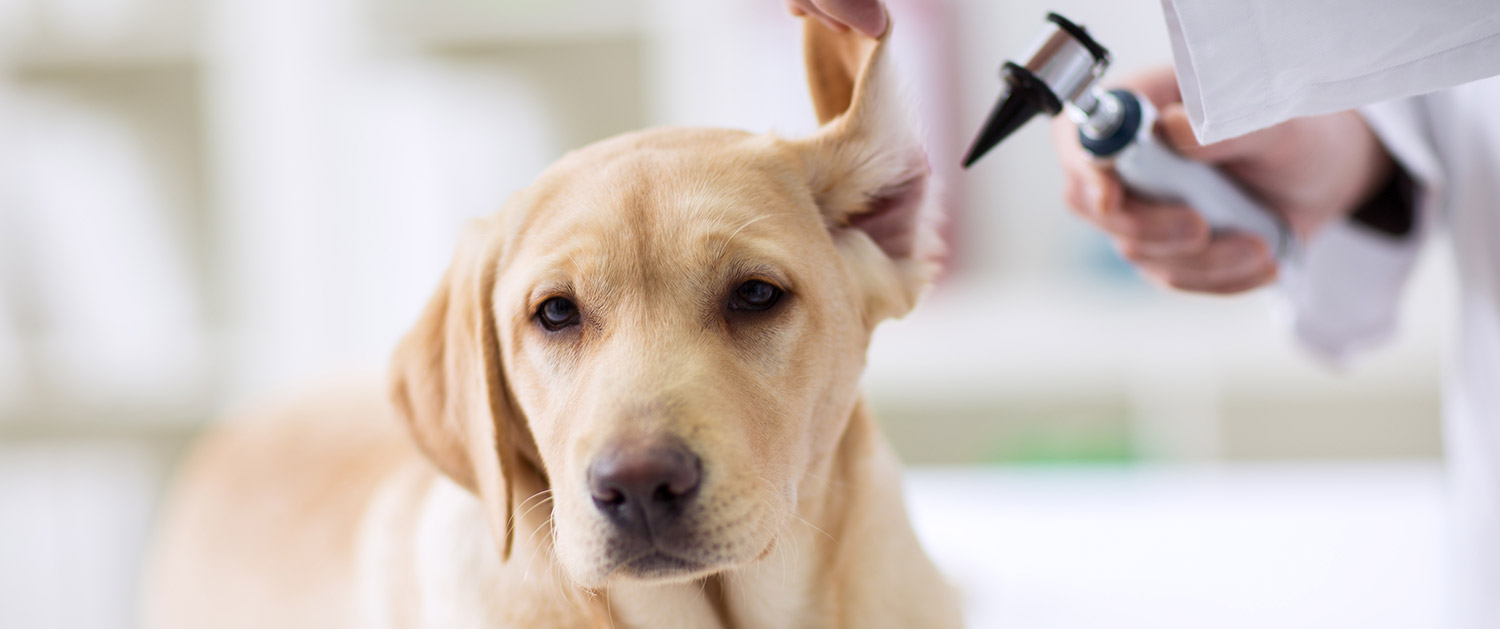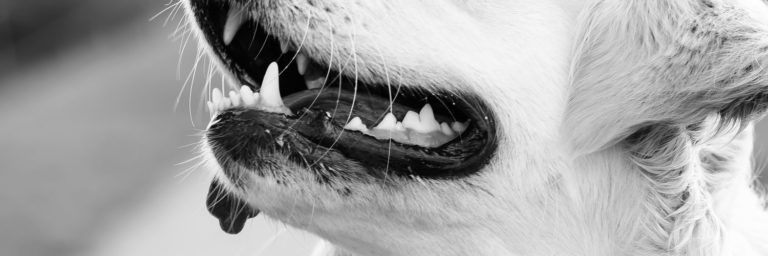Dog Care

Contents of Article
There is nothing more satisfying or rewarding than owning a dog. Having a dog is like having a best friend who stays by your side through thick and thin, who is always happy to see you, and who always sees the best in you. Dogs are called man’s best friend for a reason but you may not truly understand that phrase until you become a dog owner yourself. While owning a dog is a wonderful experience, it does come with its challenges. Owning a dog involves meeting the nutritional needs of your pet as well as his needs for exercise. It involves training your dog and forming a bond of trust and affection with him. All of these things take time but, if you are dedicated in your efforts, you can become the owner of a wonderful friend and beloved pet.
Choosing a Dog Breed
Your journey as a dog owner may begin long before you even bring your dog home – it starts when you pick out your puppy or dog. Whether you are purchasing a puppy from a breeder or adopting a rescue dog from a shelter, your journey as a dog owner begins the moment you decide to become one. Choosing a dog is a wonderful experience but it is not a decision that should be taken lightly. There are hundreds of different breeds of dog out there, each with their own individual temperaments, personalities, and sets of skills. Choosing a dog is an important task that requires a great deal of thought and planning.
Before you even begin looking for a dog you need to think about what type of dog you want and what type of dog would be suited to your home environment. If you live in an urban apartment with limited outdoor space, a large or very active dog may not be a good choice. If you want to train your dog for agility trials or for hunting, you should not choose an inactive breed or one that prefers to be a lapdog. Each breed of dog has a unique set of characteristics and it is your job to decide what kind of characteristics you value in a dog and then to find the dog that matches those characteristics. If you have absolutely no idea where to start, you can find a dog breed selector online or take a quiz to see which breeds match up with your desired characteristics.
Once you’ve decided what type of dog you want, you need to locate a breeder or rescue. There are many advantages and disadvantages associated with buying a puppy versus adopting a rescue dog. If you purchase a puppy you will be able to raise the puppy from a young age and train it exactly the way you want. You will also have the benefit of having a lifetime to form a bond with your puppy. Adopting a rescue dog has its own set of benefits. If you adopt an adult dog, he is likely to already be housebroken and he may be trained as well. In adopting a shelter dog you will also have the peace of mind in knowing that you’ve saved a life.
Bringing Your Dog Home
After deciding what type of dog you want and going through the selection process to purchase a puppy or adopt a rescue dog comes the task of bringing your dog home. Before you do, you should prepare your household and your family. Take the time to “puppy-proof” your home (even if you are bringing home an adult dog) by locking away cleaning supplies, storing garbage and food out of reach, and bundling power cords so the dog won’t chew on them. You also need to prepare your family for the arrival of the dog. If you have children, talk to them about the proper way to handle the dog for their own safety as well as the dog’s. Discuss who will take care of certain chores like feeding the dog, taking him for walks, and brushing him as needed.
Another aspect of preparing your home for your dog’s arrival involves setting up a certain area for your dog to call his own. In this area you should place your dog’s crate or bed along with this food and water dishes – you should also keep some toys in this area. Once your dog arrives, you should feed him consistently in this area and teach him to view it as his own special place where he can retreat if he needs to rest or simply wants a break from the activity of the family. In bringing your dog home, give him time to explore the house and do not force him to interact with you too closely at first. If you are bringing home a puppy you will need to start crate training and housebreaking him as soon as possible to avoid too many accidents in the house.
The Importance of Routine
Whether you are adopting an adult dog or purchasing a puppy, it is important to establish some kind of routine. Dogs thrive on routine so you should create a schedule for feeding and walking your dog – you should also make sure to incorporate some play time into every day. Most dog owners prefer to feed their dogs twice a day – once in the morning and once in the evening. If you have time, you may also want to split up your dog’s daily exercise into a morning walk and an evening walk. This is especially important if you work full-time and your dog is left at home for most of the day. Giving your dog some active play time or time to run outside in a fenced yard is also important.
In addition to having a routine for feeding and walking your dog, you should also establish some kind of schedule for other aspects of your dog’s care. If you plan to include your children in the care of your new dog you may want to consider creating a chore chart or a chore wheel. On this chart you should include tasks such as feeding the dog, walking the dog, cleaning its bowls, cleaning its area of the yard, brushing the dog, and playing with the dog. Divide these tasks as you see fit according to the age of your children and make sure the children understand the importance of these tasks. You can rotate tasks as you see fit once your children are capable of handling them.
The Nutritional Needs of Dogs
In order to keep your dog healthy, you need to provide him with a nutritious diet. If you were to take a walk down the dog food aisle at your local pet store, you might easily be overwhelmed by the sheer number of choices available to you. Not only are you likely to see dozens of different brands and formulas, but also a number of different types of food. Wet food, kibble, fresh food, frozen food – how do you make your choice? The truth of the matter is that all of these foods provide certain nutritional benefits. Unless you understand what those benefits are, however, you may not be properly equipped to choose a commercial food for your dog.
When it comes to commercial dog food, kibble (or dry food) is the most popular choice. Not only is kibble affordable and easy to keep around the house, but it also provides for the majority of your dog’s nutritional needs. Wet food is higher in moisture content and in calories so it is generally recommended as a supplementary source of nutritional rather than a staple diet. Many dog owners are jumping on board with the raw food or homemade dog food trend. These diets can be very healthy for your dog but unless you know what you are doing, your dog could end up with serious nutritional deficiencies. Dogs require a delicate balance of macro-nutrients (protein, fat, and carbohydrate) and micro-nutrients (vitamins and minerals) in their diets – if these needs are not met, your dog could suffer from nutritional deficiencies and he may become very sick.
The best way to ensure that your dog’s nutritional needs are met is to shop around for a high-quality commercial dog food formula. When shopping for dog food, look for the AAFCO Statement of Nutritional Adequacy. AAFCO is the American Association of Feed Control Officials and it is the group responsible for maintaining quality in the production of animal feed, including pet food. If a commercial dog food carries the AAFCO statement of nutritional adequacy is means that the product has been tested and that it meets the nutritional needs of dogs for a staple diet. Any treats or other foods you offer your dog will be supplementary to this diet.
Meeting Your Dog’s Exercise Needs
Just as important as meeting your dog’s nutritional needs is meeting his needs for exercise. Different breeds of dog have different levels of activity. Hunting breeds like terriers and retrievers, for example, are very active and require a good deal of daily exercise. Lapdogs and less active breeds can often get by with a short walk or an active play session to meet their daily exercise needs. Giving your dog the right amount of energy is incredibly important, not only for the dog’s health, but for your sanity as well. If you have a highly active breed like a husky and the dog doesn’t get enough exercise, it will seek other ways to work off its energy – those ways are typically very destructive and may involve chewing, digging, or barking excessively.
As a general rule, you should plan to take your dog for a 30-minute walk once a day. If you must, you can break this up into two 15-minute walks as long as this still meets your dog’s daily needs for exercise. Highly active breeds may require a more brisk pace during the walk, or even a jog – they may also do well with additional opportunities for exercise such as training for various dog sports like agility, flyball, obedience, or disc dog. In spending time with your dog you will get a feel for his energy level and you will be able to figure out a schedule for exercise that works for you but also meets the needs of your dog on a daily basis.
Caring for Your Dog’s Health
In addition to providing your dog with a healthy diet and plenty of exercise, there are other things you need to do to care for your dog’s health. At a minimum, you should take your dog to the vet twice a year for a checkup and dental cleaning. If you purchase or adopt a puppy, your visits to the vet during the first year will be more frequent because puppies require certain vaccines within a certain time frame. Once your puppy reaches 1 year of age, however, he will simply need an annual booster.
Taking your dog to the vet twice a year is not just about updating his vaccinations – it is about keeping yourself appraised of your dog’s health and catching potential problems before they have time to progress. Your vet will be able to tell you if your dog is within the healthy weight range for his breed and he will be able to suggest ways for you to help your dog lost weight, if he needs to, or gain weight – whatever the case may be. Your vet will also supply you with heartworm medication which your dog needs to take once a month as well as topical flea and tick preventives.
Caring for an Aging Dog
As your dog gets older, his needs will change. Your dog may not be as active as he once was but you still need to make sure that he doesn’t become completely sedentary for the sake of preserving the health of his bones and joints. As your dog gets older his metabolism will slow down as well, so you may need to make adjustments to his diet. You will need to work closely with your veterinarian to manage any medical conditions your dog develops in his old age and take steps to prevent those conditions from negatively impacting your dog’s quality of life. It is also important to remember that just because your dog is aging he may not be able to do the things he once did, he is still your friend and companion and he deserves the same level of affection and care you have always given him.
Caring for a dog is more than just a responsibility – it is a privilege. It is true what they say, that dogs are a man’s best friend. At least it is true that your dog wants to be your best friend. Nothing pleases your dog more than knowing that he has pleased you. Understanding this about your dog may help to put things into perspective when it comes time to do things like walking your dog, brushing him, and cleaning up after him. These tasks shouldn’t be looked at as mere chores you have to deal with on a daily basis but as a means of caring for your dog and building a stronger bond with him as your companion.






Thank you for the information. I am hoping to get my first dog soon, but I want be sure that I know what pet care entails. I knew that visiting the vet and getting vaccinations is essential. Do dogs need vaccinations twice a year, or were you just saying that’s how often a check up is needed?
Preparing the household for a new puppy is a great idea. Making sure that the home is safe and the family all agrees with the idea is important for the safety of the pet. If possible, taking the puppy home for a test run would be helpful.
Thanks for bringing to my attention that the first step in getting a dog is figuring out what breed works best with your lifestyle. My husband and I have decided we want to get a puppy, but we haven’t figure out what type we want yet. I imagine that that’s the best first step, so we’ll definitely figure that out before we start moving forward with this.